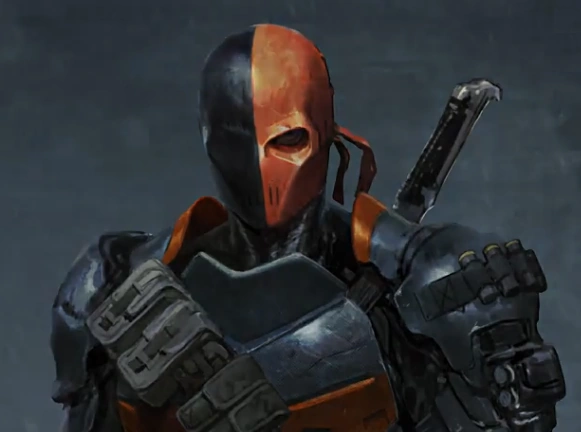Video Demo:
What is Maya Notes?
Maya Notes is a script for Maya 2016 which allows user to save information within their Maya Scene. Each note stores the current camera's position / rotation, the current selection and the animation range data. When the Note button is pressed, this data is loaded again, restoring the camera, selection and animation range settings from when the note was made -- assuming the checkboxes are active, that is!
Beyond the ability to store camera and selection settings, each note can also store a URL hyperlink, allowing you to jump from Maya directly to a relevant video that you bookmarked in your desired web browser.
*** IMPORTANT **
This script is intended for Maya 2016, and will not work in prior version
Installation:
1.) Make sure that Maya 2016 is closed2.) Place the BKmayaNotes.mel file inside of your Maya scripts folderThis can typically be found in:C:\Users\YOUR_COMPUTER\Documents\maya\scripts\3.) Launch Maya 20164.) Run the following MEL command:BKmayaNotes();
The User Interface:
Buttons along the top:
-Web Help: This button will bring you to this blog post for information!
-Tutorial Mode: Enable the tutorial / popup functionality for first time users
-Set Web Browser: For URL links, which web browser should be used?The functionality of each note:
-Pressing the 'Note#1' button in the upper left will load that note's 3D data - taking you to the camera position, selection and animation range settings from when the note was created.
-The check boxes at the bottom of each note controls the functionality of this button, whether or not the script will load each aspect of the note's data into the viewport
-The tab between the 'Note#1' button and the Note Name field is the note category, which also includes color coding for a quick view of what each note may contain inside at a glance.
-On the left side, the user may manually adjust the animation range data or add a URL link to the note.
-Pressing the red 'X' button will prompt the user about deleting the note.Buttons along the bottom:
-The green 'Add New Note' button will generate a new note object, saving your currently active camera information as well as the animation and selection data.
-The red 'Clear All Notes' button will prompt the user to delete all notes inside of the scene file.
Thank you for stopping by!



